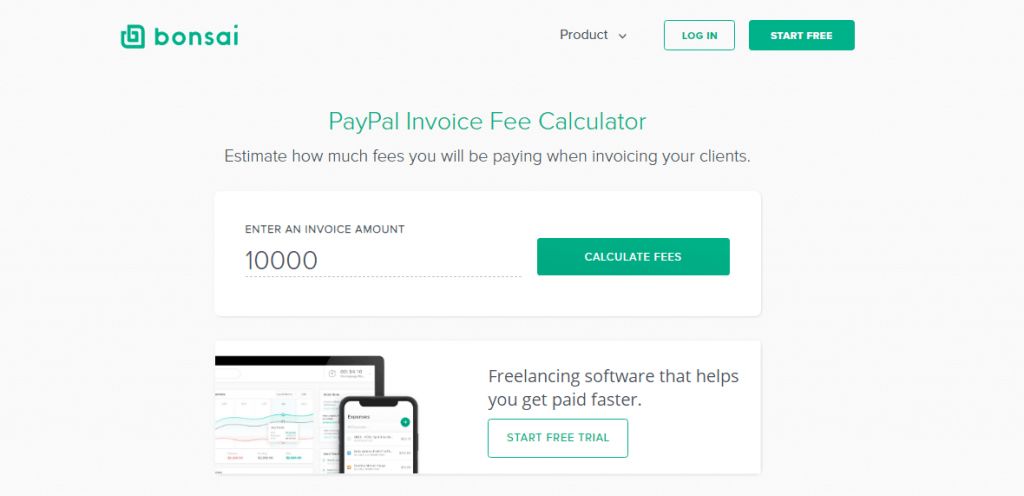Savvy financial planning is the core of a strong business. From this article, you’ll find out how to manage your cash flow, what is break even point, and how to understand whether a project is worth investing in. Plus, we’ll share with you useful tools that will help you handle finance management with ease.
Discounted cash flow
By analyzing the discounted cash flow (DCF), you can assess your investment amount based on the expected return on investment. This metric is extremely important for business owners who consider investing into personnel training, equipment, etc. Also, it will be useful for investors who consider putting their money into startups. DCF is affected by a variety of unpredictable factors, such as economic situation, exchange rate, market demand, etc.
NPV (Net Present Value) is another crucial metric which is used for assessing investments. This term refers to the total amount of discounted cash flows, minus investment amount. If the NPV value is positive, a project will be profitable.
Here is the formula for finding the Discounted Cash Flow:
DCF = (CF1/(1+r)1) + (CF2/(1+r)2) + (CF2/(1+r)3) … CFn/(1+r)n
Legend:
CF — annual cash flow: CF1 — Year 1, CF2 — Year 2, CFn — subsequent years;
r — discount rate.
Let’s take an example for clear understanding. The discount rate is 5%. You invested $100,000 for a 3-year period. Your assume that the cash flow will amount to $50,000 in the 1st and 2nd years and reach $100,000 in the 3rd year. This way, DCF will total to $47,619 in the 1st year, $45,351 in the 2nd year, and $86,383 in the 3rd year.
Tools:
Luckily, you don’t need to calculate DCF manually. There is a bunch of automated online tools that can do that for you. All you need to do is to enter a few metrics, e.g. profit per share, expected profit growth rate, company value, etc. Here are some of the online services you can benefit from:
Moneychimp
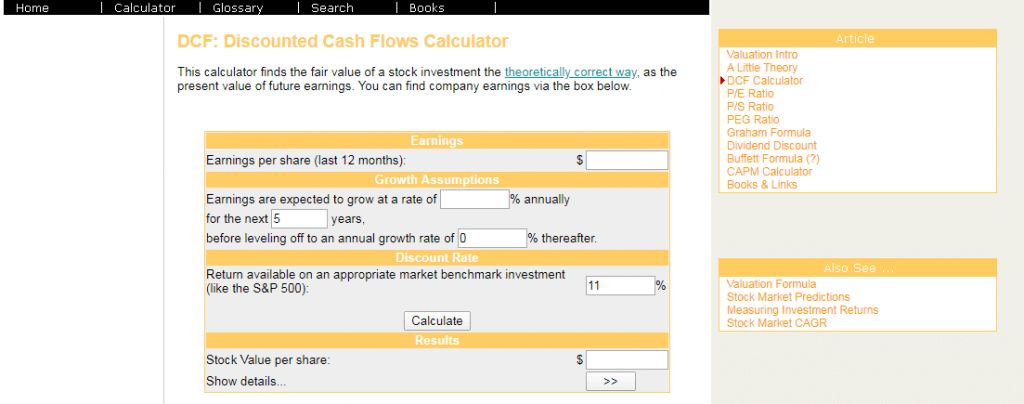
Omnicalculator
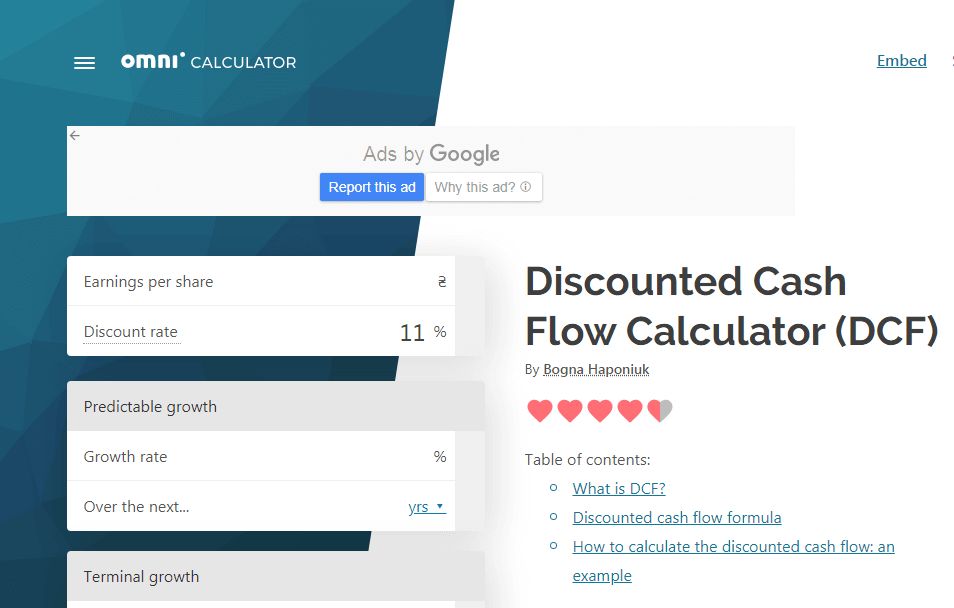
Finology

Cash flow
Cash flow is the amount of cash being transferred in and out of a company over a specific period. Plainly speaking, a positive cash flow is all the money that a company gets from selling products and services and other activities. Negative cash flow refers to the total amount of money that you’ve spent on materials, rent, payroll, loan paybacks, investments, etc.
Cash flow statement is a table that contains data split into three main categories:
- operations (the main line of a business for your company);
- investments (into your own business and/or other companies);
- financing (payments, debts, etc.)
Tools:
With smart online services, managing your cash flow and tracking available cash is easy. Check out these tools that already have in-built templates for a cash flow statement:
Bmt
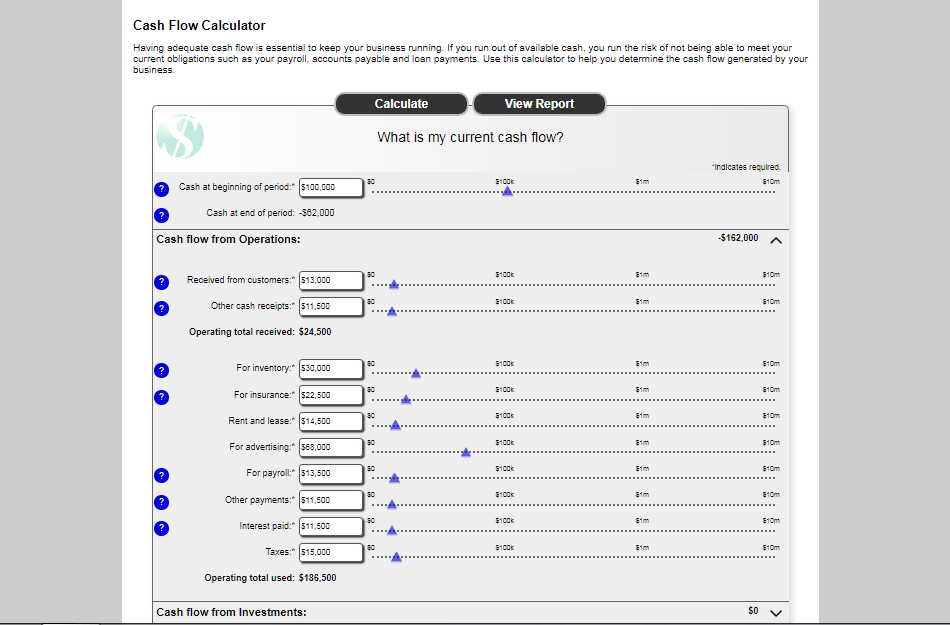
Calculators
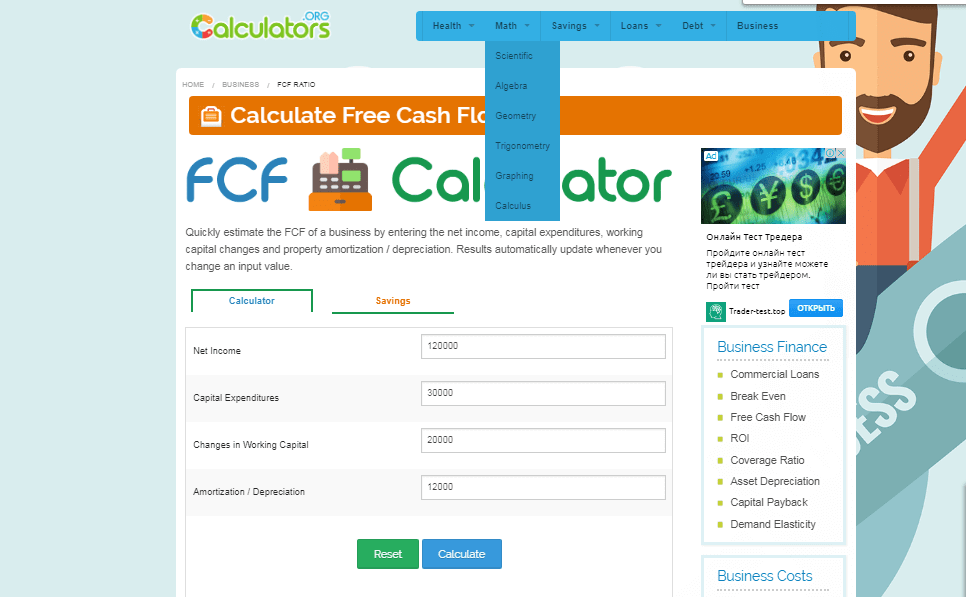
Surepayroll
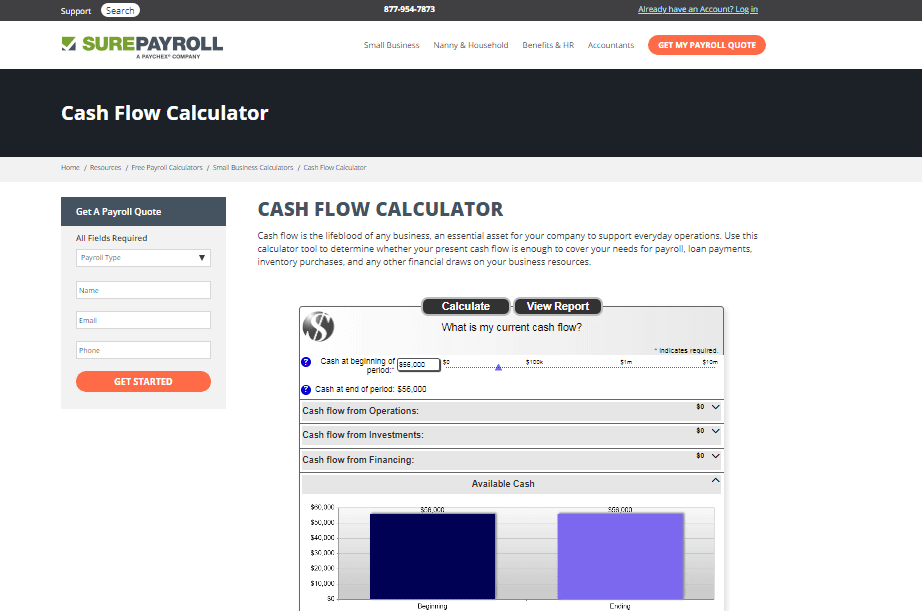
Break even point
Break even point is a key financial term that refers to a situation when a company’s profits cover its expenses. To find a break even point, you need to know the following data:
- fixed costs: fixed costs that remain unchanged (rent, payroll, etc.);
- variable costs: costs that are affected by the market situation, sales volume, and other factors (cost of materials, production costs, etc.);
- unit price.
To find a break even point, use this formula:
fixed costs/(revenue – variable costs/unit price).
Knowing your break even point will tell you how many product units and at what price you need to sell to cover your expenses. Let’s say, you’re making and selling croissants. Your fixed costs total to $10,000 a month. One croissant costs $0.5 to make. You’re selling croissants at $1 per unit. To achieve a break even point, you need to sell at least 20,000 croissants each month.
Tools:
Experian
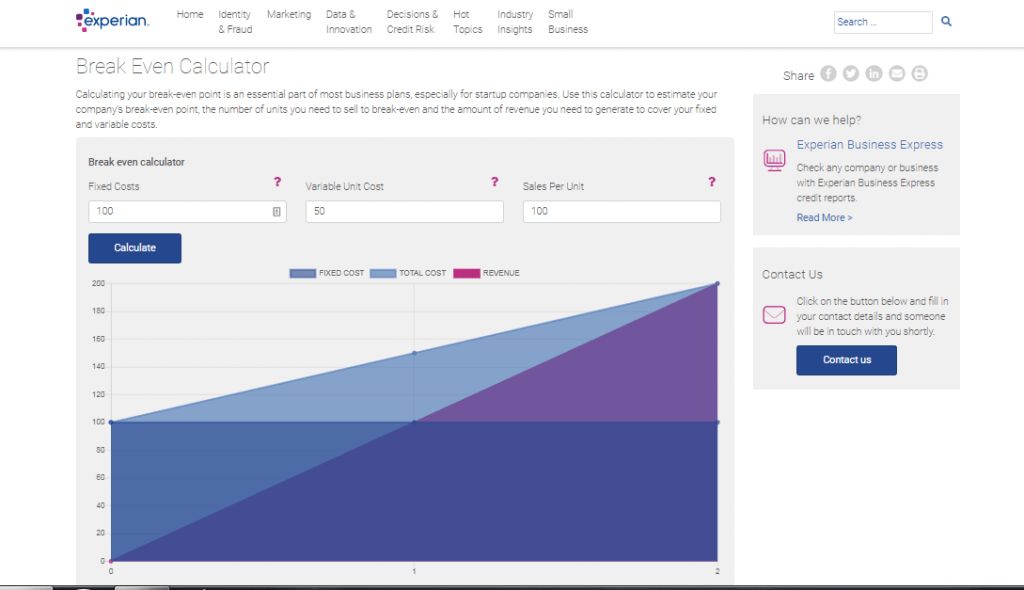
Goodcalculators
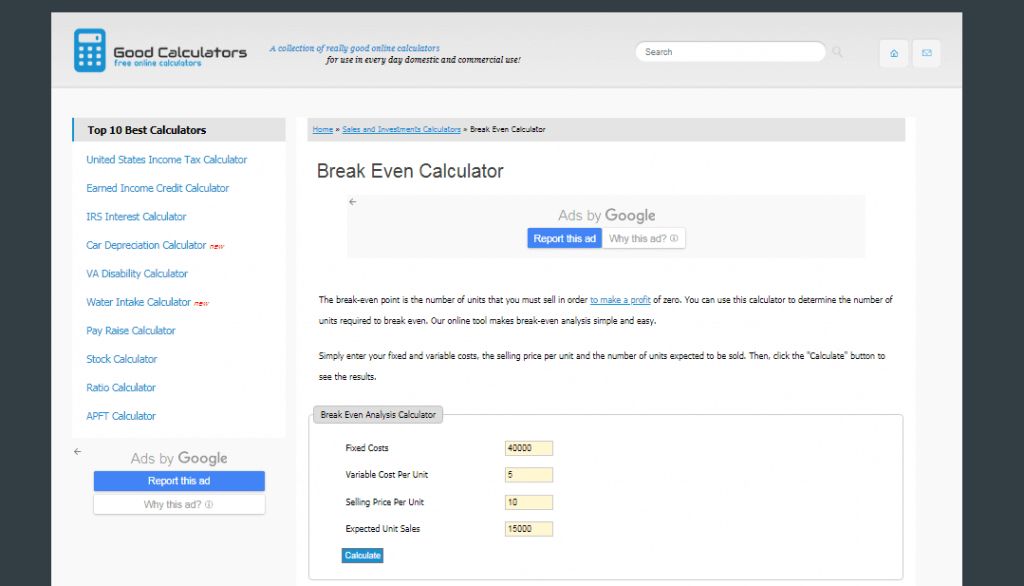
Calcxml
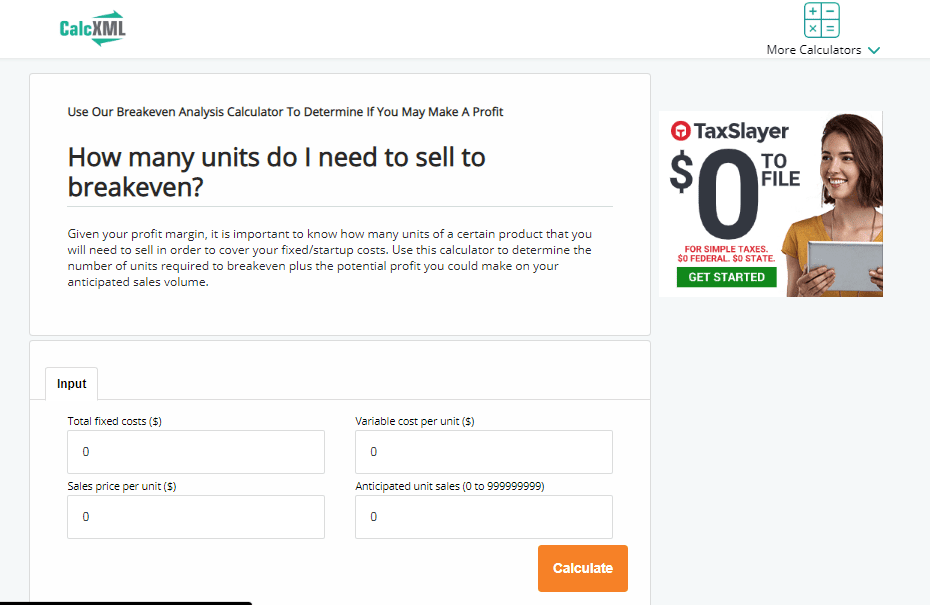
Investment calculator
Imagine that you’ve invested $1 mln into a highly promising project. You’re getting a $100,000 return on a regular basis. You decide to reinvest $200,000 and then $500,000 more. In this case, you need to find out what return you’ll get over a specific period and how soon your capital will grow to reach a certain size.
This is where investment calculators come in. Enter the required data (investment amount, investment period, expected ROI, reinvestment amount, etc.) and get the result within a few seconds.
Tools:
Calculator
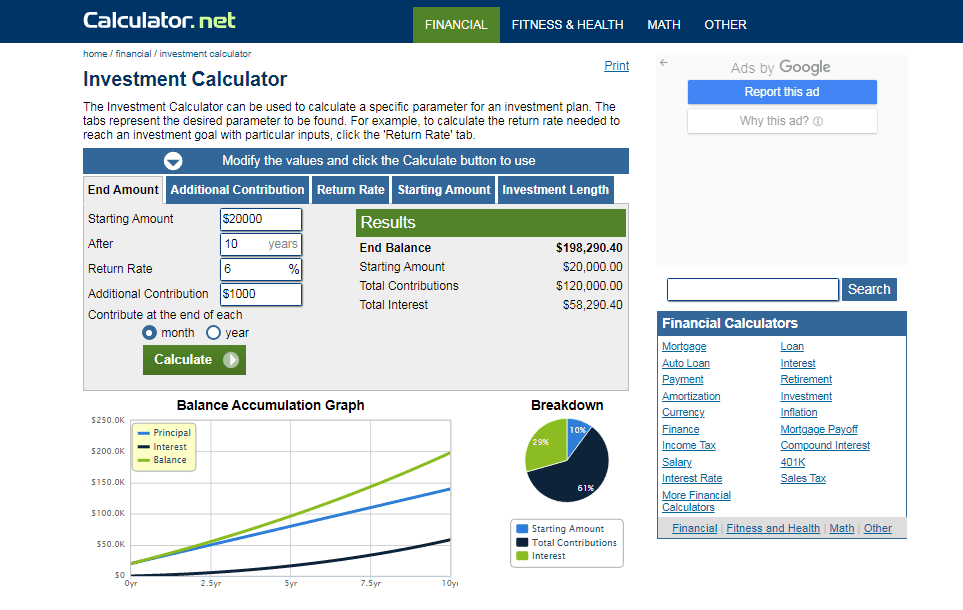
Smartasset
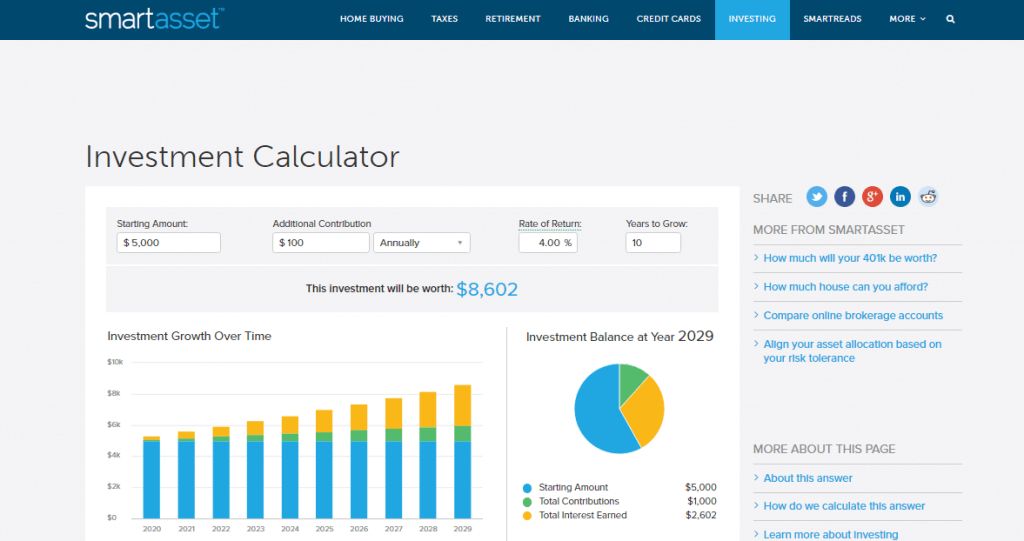
Bankrate
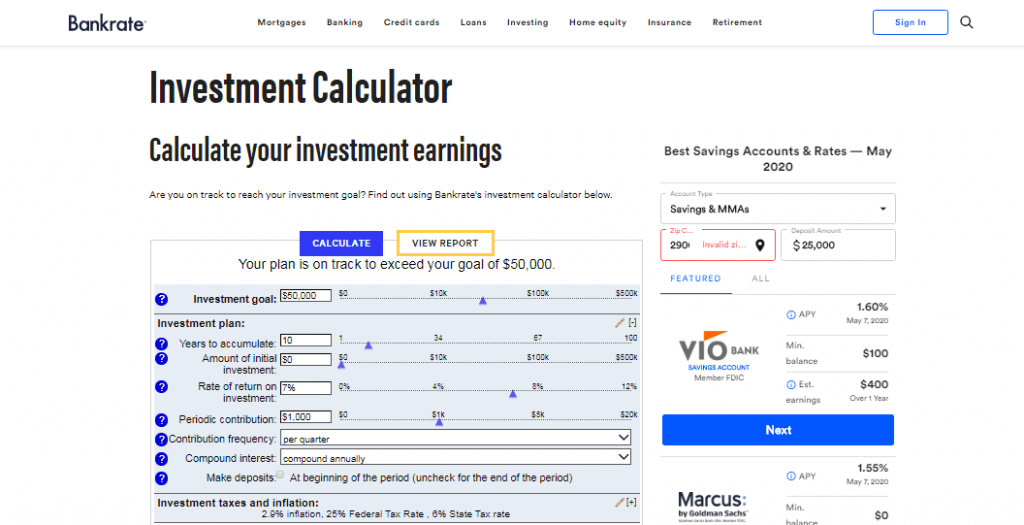
Daveramsey
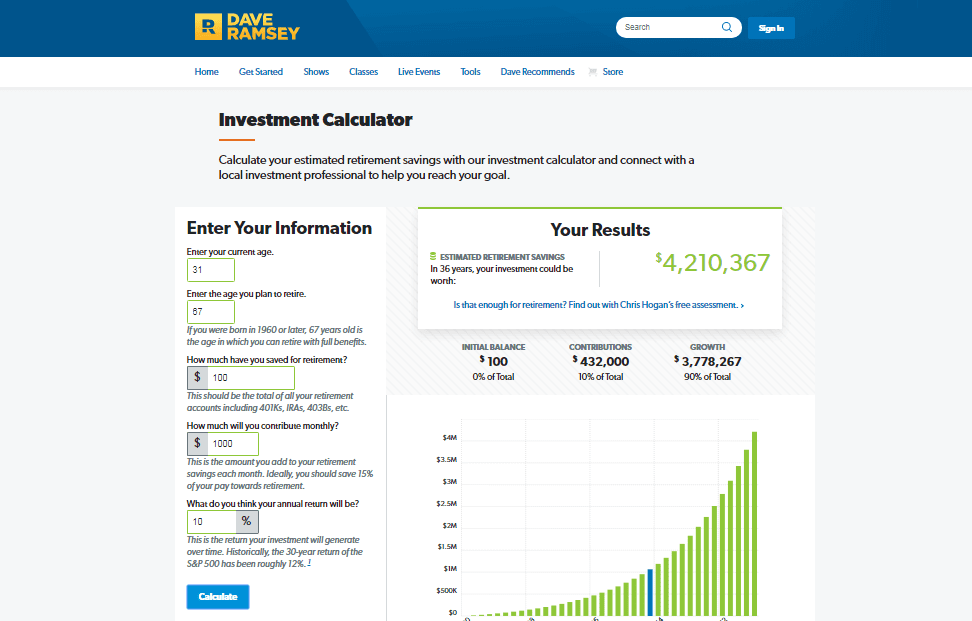
Moneychimp
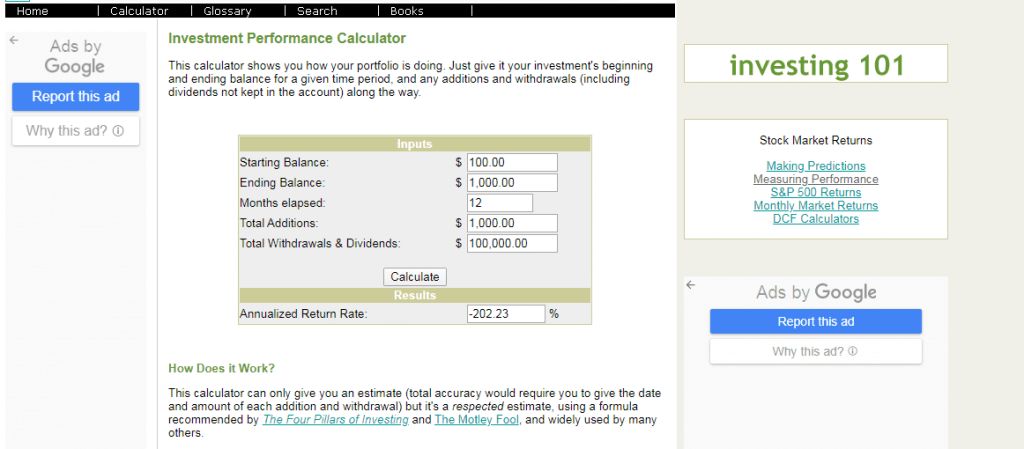
PayPal commission calculator
PayPal is among the top popular payment systems in the world. It’s indispensable when you need to pay for goods, make an online money transfer, etc. PayPal’s only drawback seems to be a complex system of commissions. In PayPal, your commision may depend on a variety of factors, such as type of payment, country, currency, transaction amount, and more. Use special tools that will calculate a PayPal commission for you!
Tools:
Salecalc
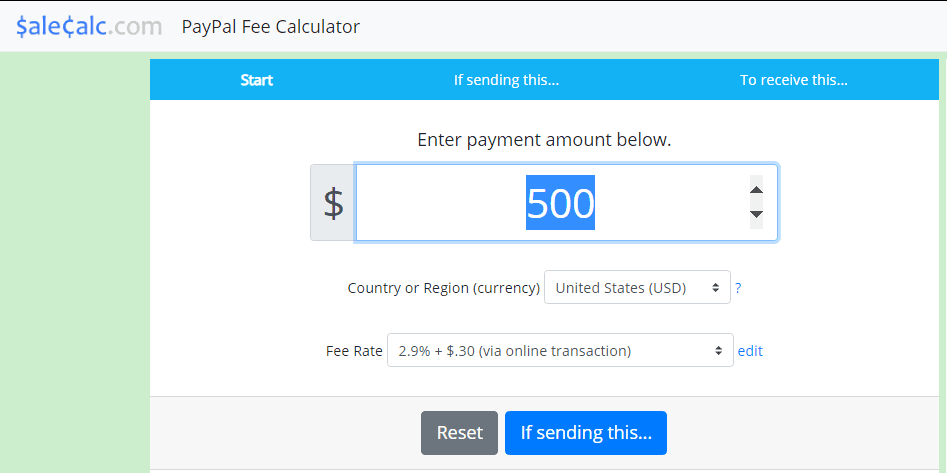
Thefeecalculator

Hellobonsai
